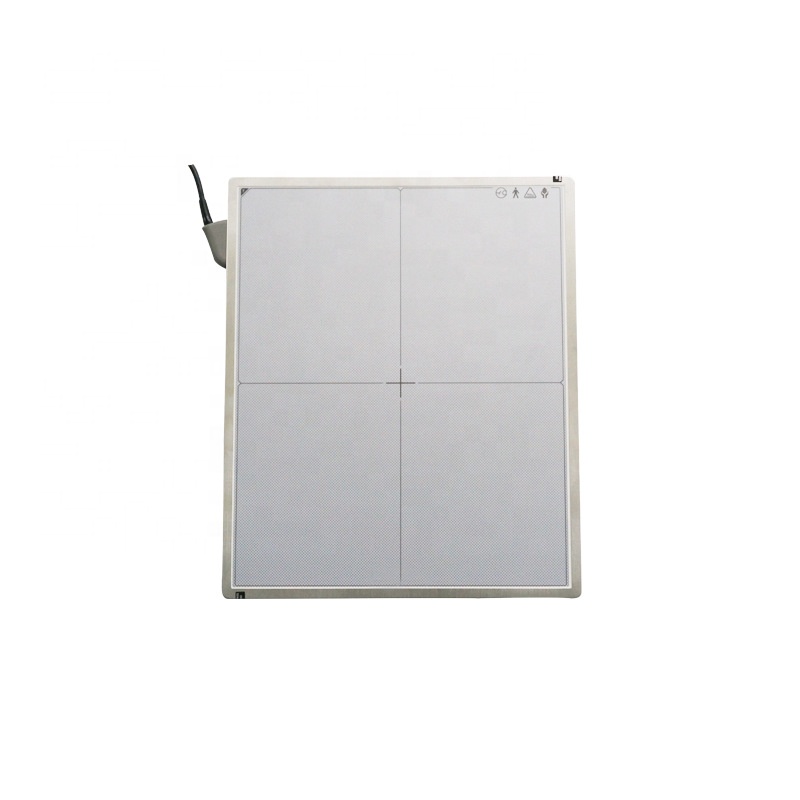The flat panel detector is the core component of DR and CT, and its performance has a great influence on the image quality. As the brands and models of detectors on the market become more and more abundant, the prices are also high and low, which makes people dazzled. The main characteristics and simple analysis of some detectors are sorted out below, hoping to help you in the selection of detectors in digital imaging. The unsharpness of dynamic images in real-time imaging is related to frame rate and pixel size.
·Pixel size: refers to the ratio of the length of the imaging effective area to the number of pixels, or expressed as the center distance of adjacent pixels.
·Scintillation type: At present, there are two kinds of amorphous silicon scintillator coating materials in the industry, cesium iodide and gadolinium oxysulfide.
·Dynamic range: refers to the range in which the detector can accurately measure the radiation intensity. Dynamic range calculation formula: D=Vs/Vn Dynamic range expressed in decibels: D=20lg (Vs/Vn) D detector dynamic range Vs detector output maximum signal Vn electronic noise The larger the dynamic range, the greater the thickness of the inspected workpiece Good contrast sensitivity can still be obtained with large differences.
Sensitivity: The minimum input signal strength required for the detector to output a detectable signal. the
Modulation transfer function MTF: It is the spatial frequency transfer function of the detector contrast, which is usually used to represent the resolution ability of the detector for image details.
Quantum detection efficiency DQE: defined as the ratio of the square of the output signal-to-noise ratio to the square of the input signal-to-noise ratio, usually expressed as a percentage.
Other characteristics: Noise: Output signal caused by non-input signal.
Signal-to-noise ratio: The ratio of the average value of the image signal obtained by the detector to the standard deviation of the image signal, expressed in SNR. The higher the signal-to-noise ratio, the better the image quality.
Normalized signal-to-noise ratio: To compare the signal-to-noise ratio of different detectors, it must be done under the same detector cell size. the
Response time: It is the time required for the detector to receive a ray photon to obtain a stable detector signal, which is the key to the independent sampling rate and data quality.
Memory effect: A parameter representing image persistence, usually two parameters are used to represent the change of the residual factor. It should be noted that the value here is under normal exposure conditions, and it will be greater than this value in case of overexposure.
If you are interested in our flat panel detectors, please contact us. Whatsapp:+86 18953679166. Email: service@newheek.com .

Author:Newheek-Detector
Tel:+86 18953679166
Email:service@newheek.com
Company:Weifang Newheek Electronic Tech Co., Ltd.